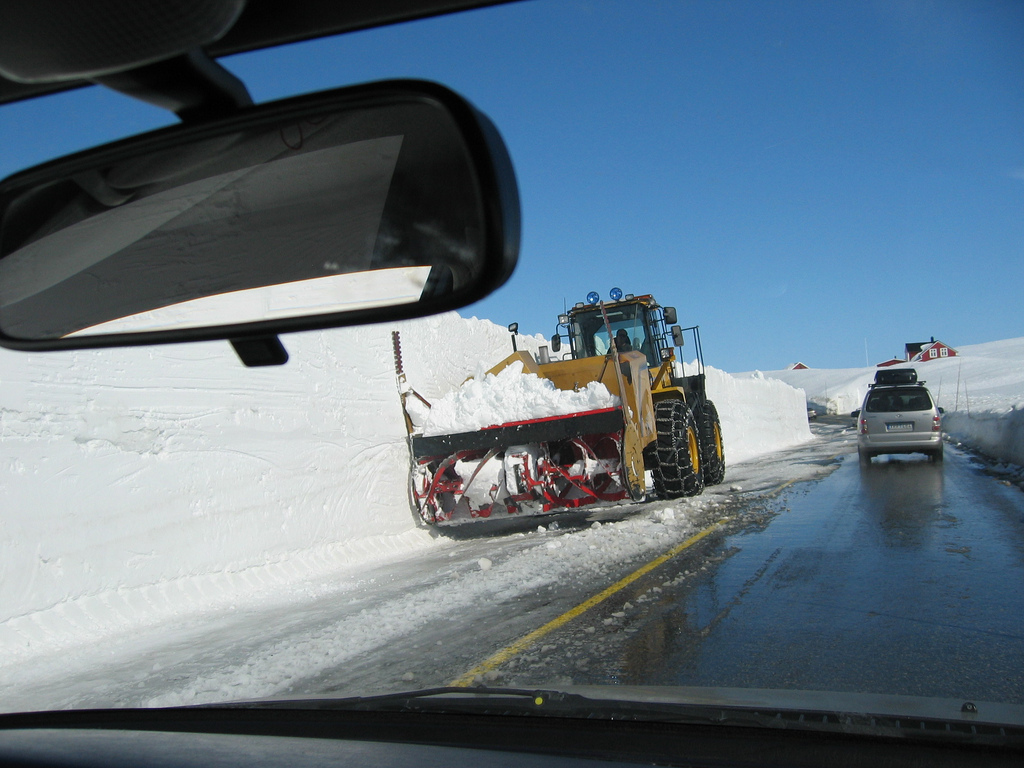Drivers should not assume that everyone on the road makes safety a top priority. They should practice defensive driving, which is driving to save money, time, and lives in spite of the actions of others and surrounding conditions. This practice goes beyond driving mechanics and mastering roadway rules. Defensive drivers anticipate dangerous situations based on the mistakes of other drivers and adverse road conditions.
This form of defensive driving involves adhering to certain rules and exhibiting specific driving techniques. Government agencies, private driving schools, and nonprofit organizations have developed defensive driving courses. Many states provide insurance discounts or reduction of points on the driving record in exchange for successful completion of one of these courses. However, drivers do not need to complete a formal program to learn how to drive defensively.
It may seem ironic, but you are the greatest threat to your road safety because most car accidents and roadway fatalities are caused by distractions. Minimize distractions including eating, music, cell phones, and attention-grabbing passengers. All drivers should limit the number of distractions they deal with simultaneously.
Drivers tend to focus on the vehicle directly in front of them and follow its patterns of breaking and accelerating. If this other driver is not paying attention and a quick stop is required, a rear-end collision is likely. Keeping eyes up on the road horizon gives a view of the entire traffic pattern in front of the vehicle, providing ample reaction time. When entering intersections, look both ways even if the light is green. Another driver could run a red light and cause a side collision.
Accidents commonly occur when a car changes lanes so select a lane and stay in it whenever possible. At the same time, be aware of drivers who dart in and out of lanes. Monitor the side and rear view mirrors regularly and maintain speed or slow down if it appears that a driver may cut you off. Keep an eye out for drivers who fail to check their blind spots before changing lanes. Slow down or accelerate to get out of the blind spot of another driver.
Defensive drivers are proactive so they constant absorb new information and act upon this whenever necessary. Do not make contact with other drivers who may be trying to start trouble. Keep a safe distance from bad drivers, do not follow another car too closely, and know when and how to swerve when there is no other way to avoid an accident.
*Photo Courtesy of LevelTen_Colin via Creative Commons License

